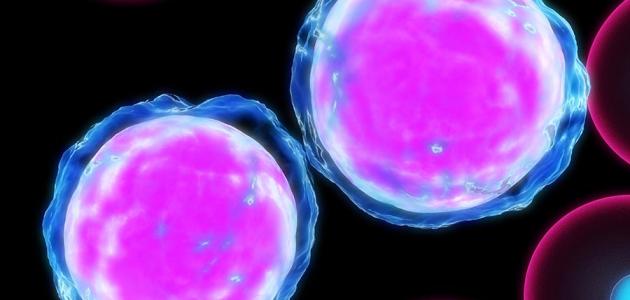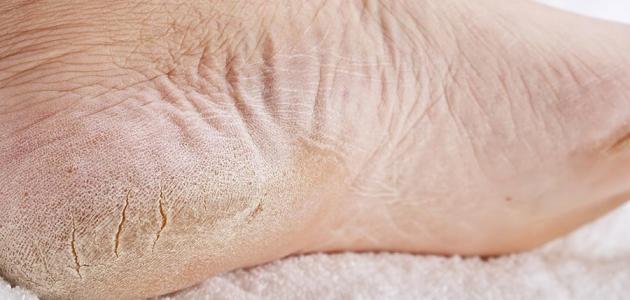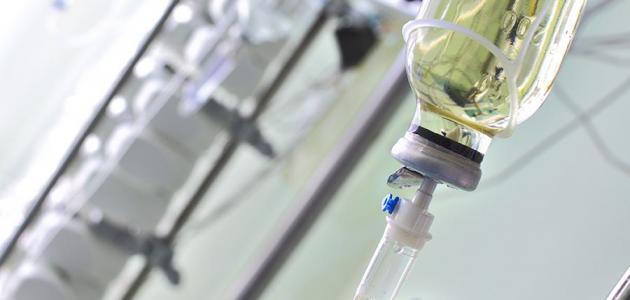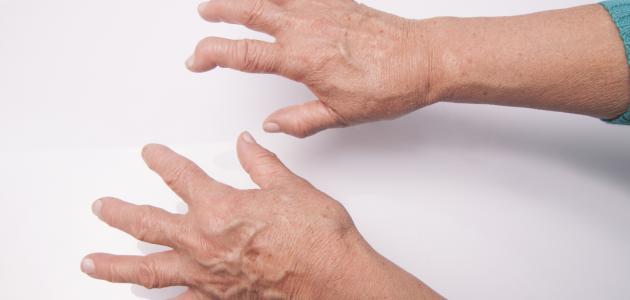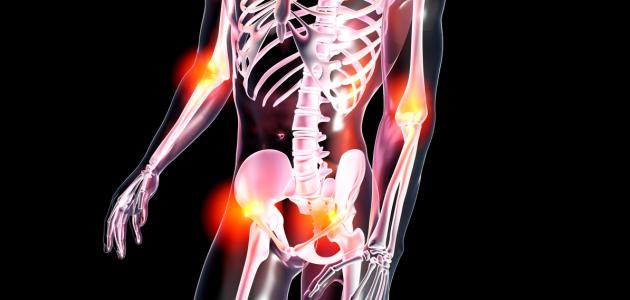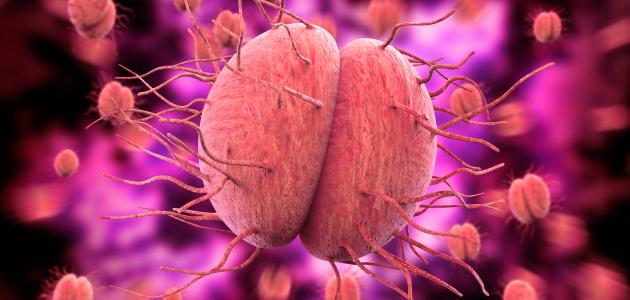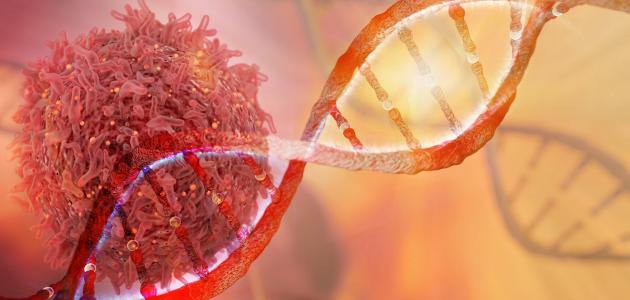Contents
General information about tetanus
- It is a disease that results from contamination of wounds in the body, which forms seeds that contain a toxic substance that is absorbed by the body, which leads to muscle spasms.
- Tetanus is a disease caused by a bacterium called Clostridium tetani. As these bacteria can enter a person’s blood when he is injured. These bacteria are cylindrical, Gram-positive, and appear when they are dyed like a drum bump, and they breathe anaerobically, and form spores, and these bacteria are found in the soil and in the digestive system of various animals, and these bacteria secrete the strong toxin that causes this disease.
- The death rate for people with this disease ranges from 35-70%.
- The main symptoms of the disease: a lock in the throat with severe contractions in all parts of the body, the occurrence of nerve spasms, and the occurrence of special complications on the respiratory system, which may lead to death.
- The bacterium that carries this disease is found in horse dung and in the ground.
- The disease affects most animals, and it usually affects humans, especially women, after birth injuries, cord cuts, and foot wounds.
- The disease spreads very quickly to the muscles of the body, and stops breathing.
- The incubation period is between 2-3 weeks.
- To prevent tetanus, you must take good care of the wounds, and take a tetanus vaccine
- To treat tetanus, the patient must be given muscle relaxants, and his respiratory system should be taken care of.
Diagnose the disease
The prognosis of the disease depends on the patient's condition and symptoms; The picture of the disease, the way it progresses, and its symptoms are very apparent, so diagnosing it is not difficult. Among the tests that can be performed:
- Monitoring clinical signs; It is sufficient to diagnose the disease.
- Take a blood test; Where an increase in the number of white blood cells is observed.
- Conducting an electroencephalogram or electroencephalography, but it does not give a characteristic map of the disease.
- Isolating bacteria from the wound area and staining it with the Gram stain, and this method does not give a positive result in only a third of cases.
Other topics on tetanus
- Read about: ( tetanus )
- Read about: ( Tetanus cause )
- Read about: ( the incubation period for tetanus )
- Read about: ( Symptoms of tetanus )
- Read about: ( Complications of tetanus )
- Read about: ( Symptoms of tetanus )
- Read about: ( Treating tetanus )
- Read about: ( tetanus vaccine )
References
- Judith Sondheimer, 2008, current essential pediatrics, USA, McGraw Hill lange.
- Richard E. and others, 2004, Nelson textbook of pediatrics, USA, Saunders.
- cristopher's hasslet and others, 2009, Davidson's principles and practice of medicine, New York, Churchill livingistone.


